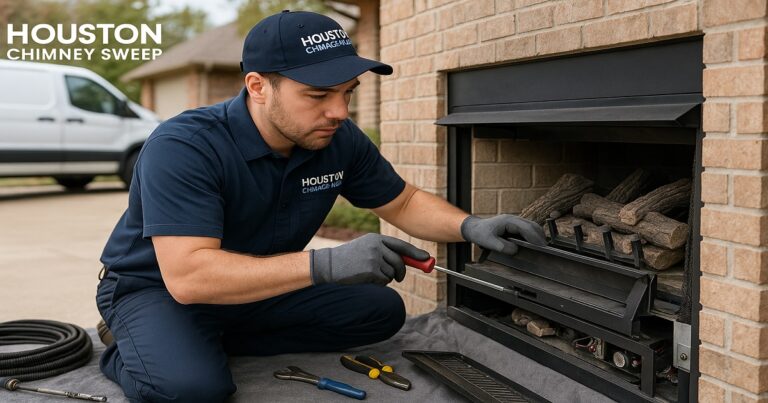Let’s face it, nothing ruins your driveway’s curb appeal faster than a big ol’ crack or pothole. But here’s the good news: asphalt patching isn’t as complicated or expensive as it sounds.
You had to call in the pros for every little issue. But after tackling a few repairs myself, I realized asphalt patching is something any homeowner can do, with the right tools, a free weekend, and a little grit.
Whether you’ve got tiny surface cracks or a small crater forming near the garage, this guide will help you fix it up without breaking the bank.
Why Bother With Asphalt Patching?
You might be wondering: “Can’t I just ignore that little crack?” Sure… for a while. But water, time, and weather don’t play nice. A small crack turns into a pothole. A pothole turns into a tripping hazard or worse, a full driveway replacement.
Asphalt patching not only keeps your driveway looking sharp but also saves you from bigger repair bills later. And let’s be honest, your car’s suspension will thank you, too.
When’s the Right Time?
You’ll want to tackle asphalt patching during warmer months, spring through early fall is best. The patch materials need warm temperatures to cure properly. Try doing it on a dry day with no rain in sight.
Quick tip: Mornings are better. That way, your patch has all day to set.
Tools You’ll Need (Don’t Worry, It’s a Short List)
Here’s the beauty of asphalt patching: you don’t need a garage full of tools. Just grab:
- Cold asphalt patch (available at most hardware stores)
- Tamper with a heavy board and a sledgehammer
- Stiff broom or wire brush
- Chisel or scraper (for cleaning edges)
- Gloves (trust me on this one)
- Safety glasses (rocks can fly!)
Step-by-Step: How to Patch Asphalt Like a Pro
1. Clean It Up
First things first, get rid of loose debris. Use a broom, brush, or even a leaf blower. The patch won’t stick to dirt or leaves, so get that surface as clean as possible.
2. Shape the Edges
If the hole has rough or crumbling edges, chisel them clean. You want the area to have firm, vertical sides so the patch material stays locked in.
3. Pour in the Asphalt Patch
Open your bag of cold patch and pour it right into the hole. Fill it up about half an inch above the surface. It’ll compress when you tamp it down.
4. Tamp It Down
Now comes the fun part: smash it! You can use a tamper if you’ve got one. I’ve also used a scrap 2×4 and a hammer in a pinch. Just make sure the patch is packed in tight and level with the surrounding asphalt.
5. Let It Set
Cold patches usually take a few days to cure fully. You can walk on it within hours, but wait at least 24–48 hours before driving over it.
Real Talk: What I Learned the Hard Way
The first time I tried asphalt patching, I rushed it. Didn’t clean the hole properly. Didn’t tamp it enough. And sure enough, the patch started cracking after a couple of weeks.
Lesson learned: Take your time. Prep matters more than the patch itself.
Also, don’t expect a perfect, seamless look. These patches are more about function than fashion. But hey, a smooth patch still beats a crater any day.
Maintenance Tips to Keep It Looking Good
A patch can last years if you take care of it.
- Seal your driveway every 2–3 years to prevent new cracks.
- Watch for weeds growing in cracks; they can tear through asphalt like nobody’s business.
- Keep it clean. Dirt, oil, and water break down asphalt over time.
If you stay on top of it, you’ll be surprised how long your driveway lasts.
Final Thoughts: Don’t Overthink It
If you’ve been putting off fixing that pothole because it seems like a hassle, I get it. But now you’ve got the steps, the tools, and hopefully, a little confidence.
Asphalt patching isn’t rocket science. It’s more like baking; you follow the steps, don’t rush, and trust the process.
So next time your driveway starts looking rough, don’t stress. Grab a bag of patch, roll up your sleeves, and show that asphalt who’s boss.
You’ve got this.




